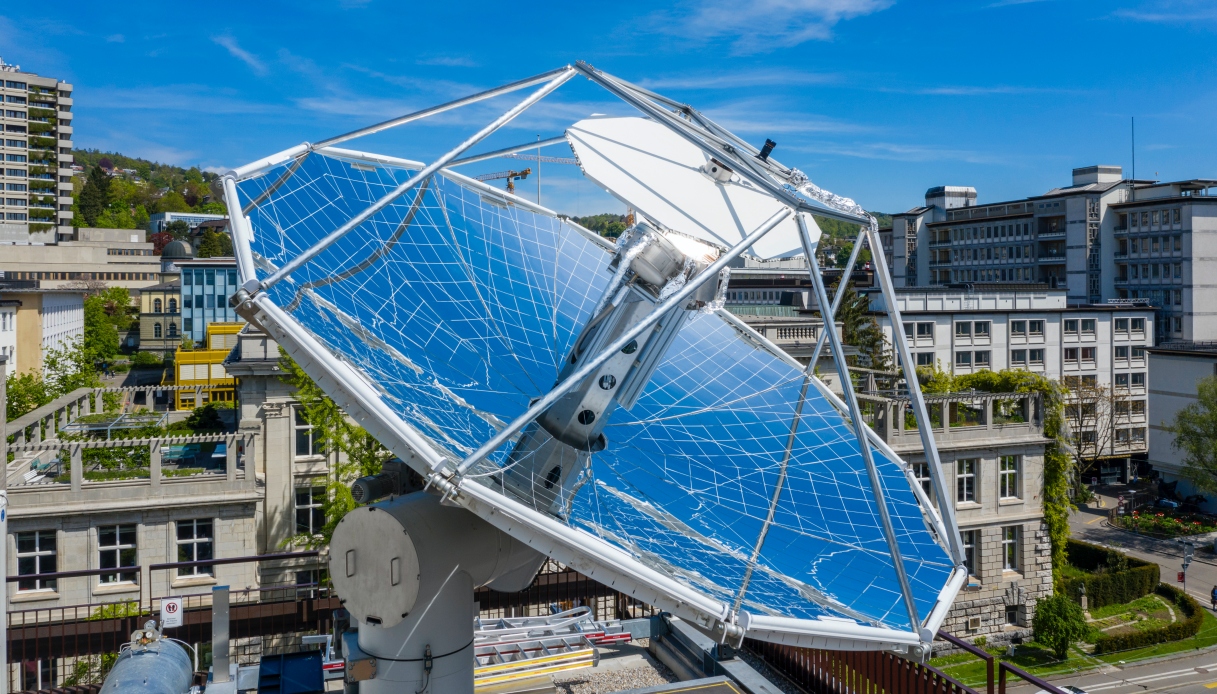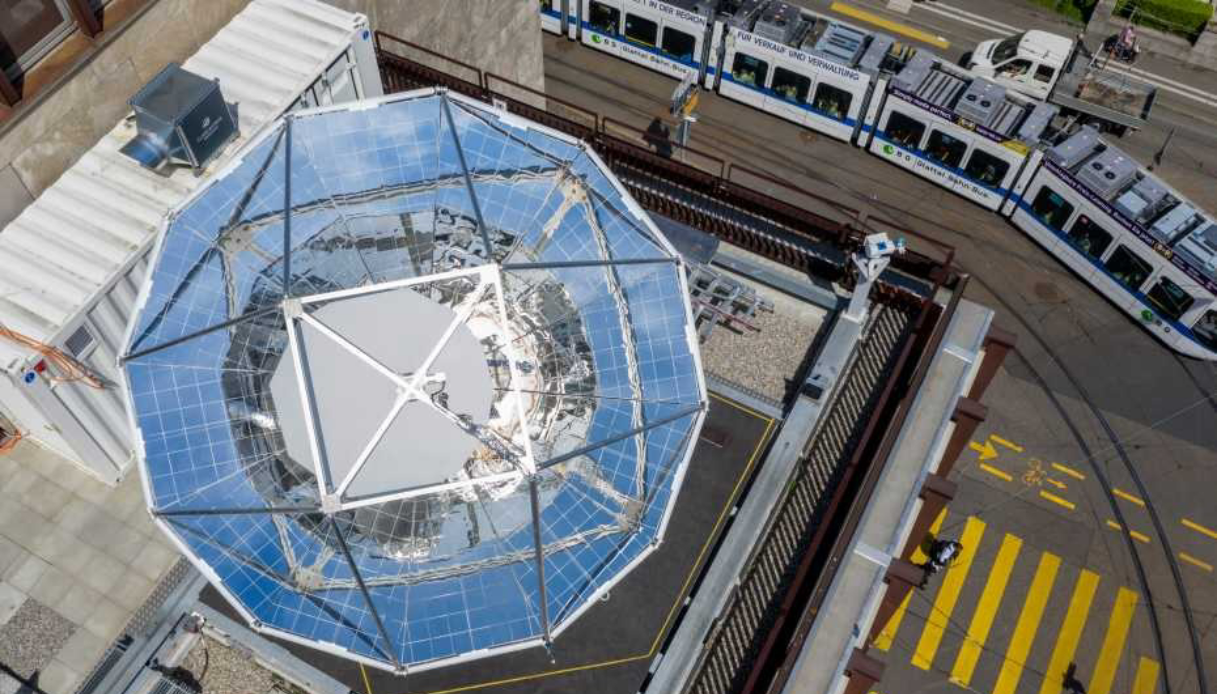Synthetic alternative fuels to fossil fuels can be made from air and sunlight. A team of researchers has obtained the first methanol droplets
Ships and planes could soon travel powered by air and sunlight. This is what researchers at the Swiss Federal Institute of Technology in Zurich (Eth) are experimenting with. The researchers have managed to make the first drops of methanol, obtained thanks to a mini-refinery located on the roof of their laboratory. This could be the synthetic fuel to replace the fossil fuels currently in use. The experiment was published in the scientific journal Nature and goes in the direction of sustainability, paving the way for the production of carbon-neutral hydrocarbons.
The fuel of air and sun for ships and planes
To be really used, the technique must be improved to be applied on a large scale. The goal of the research is to find a solution to be able to power air and sea transport with green synthetic fuels that replace the more polluting ones in use to date. Air and sea traffic contributes 8% of the carbon dioxide emissions produced by human activities. The research team behind the mini-refinery is led by Aldo Steinfeld. The team tried to produce the methanol droplets with a small plant consisting of three main components.
How the mini-plant works
The first unit in the facility is responsible for extracting water and carbon dioxide from the air. The second unit converts the two ingredients into a mixture of carbon monoxide and hydrogen, called syngas. The third unit then converts the mixture into liquid hydrocarbons or methanol. Currently, the mini-refinery also operates with intermittent solar radiation and can produce 32 millimeters of methanol over seven hours during the day. While the quantity is minimal, the technique has demonstrated the feasibility of the production process for creating alternative, environmentally friendly systems to those currently used to fuel large vehicles.
The team would also already have defined ways to expand the system to meet global demand. In 2019, for example, the total demand for aviation kerosene was 414 billion liters. Secondo le stime dei ricercatori del politecnico svizzero, le raffinerie di acqua e luce solare dovrebbero occupare un’area di 45mila chilometri quadrati, per esempio pari al 5% del deserto del Sahara, ma l’investimento iniziale per la realizzazione degli impianti ha bisogno di un importante finanziamento che andrebbe sostenuto con politiche mirate.
Il mondo della scienza è da anni orientato a rendere le tecnologie più sostenibili. Oltre al carburante ad aria e sole per aerei e navi dei ricercatori di Zurigo, per esempio, un team italiano ha realizzato ombrelloni smart che producono energia, mentre tra le ipotesi per un riscaldamento più green c’è quella di un possibile passaggio dal gas naturale all’idrogeno.

 Fonte foto: © ETH Zurich / Alessandro Della Bella
Fonte foto: © ETH Zurich / Alessandro Della Bella
Stefania Bernardini
